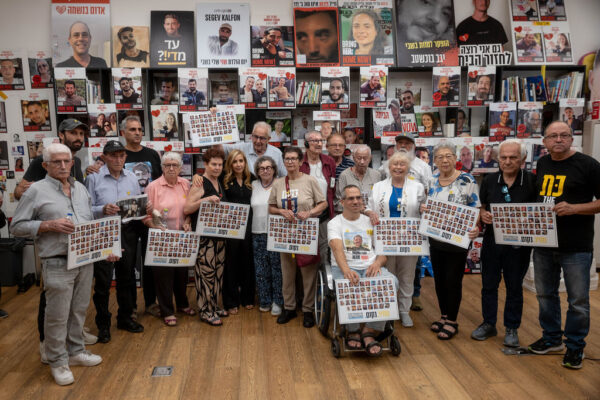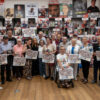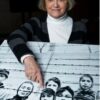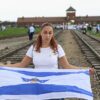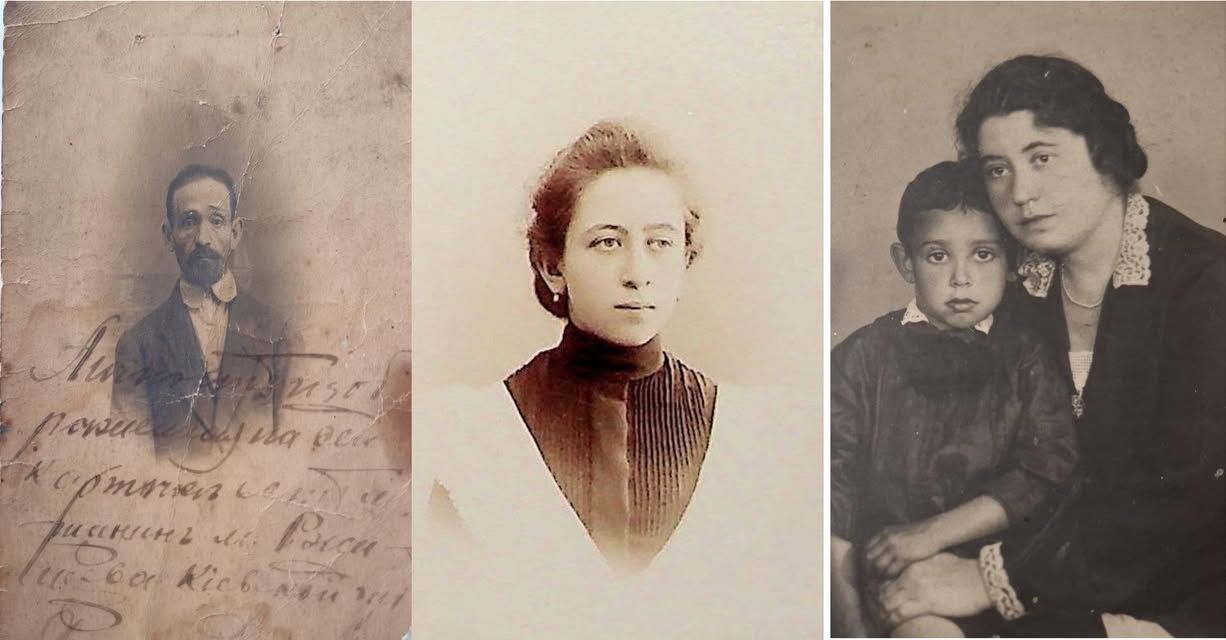
Yankel Krakovich, Maria Horgyska, Esfir Ulanovskaya and her son Adolf Ulanovsky (BYHMC)
On September 29–30, 1941, on the eve of Yom Kippur, 33,771 Jews were murdered in just two days in Babyn Yar, a ravine in the capital city of Kyiv, Ukraine. It was the first of many massacres to be perpetrated there by Nazi Germany against the local population.
Over the two years of German occupation, about 100,000 people, including Jewish families, Roma, and Ukrainian political prisoners, were murdered there by the Germans and their local collaborators. Babyn Yar became the largest mass grave in Europe and a symbol of the “Holocaust by Bullets.” The massacre is regarded as the beginning of the “Final Solution” in the Soviet Union, carried out not with gas chambers but through direct gunfire and extraordinary brutality. During the Soviet era, memory of the Babyn Yar massacre was suppressed, and Jewish victims were not mentioned by name.
Today, at the 84th anniversary of the Babyn Yar massacre, the Babyn Yar Holocaust Memorial Center (BYHMC) revealed for the first time the names of 1,033 newly identified victims, individuals whose fate was previously unknown. The discovery is part of a wider progress report presented by BYHMC. As of today, the museum’s database contains 29,671 names of victims, supplemented with additional details such as ages, addresses, relatives, professions, and circumstances of death. Among the more than 1,000 newly identified names are victims as young as nine months and as old as 102, underscoring the indiscriminate nature of the massacre. Since the war in Ukraine began in 2022, more than 2,000 existing records have also been updated and corrected.
Last week at the memorial site the names of the victims were read aloud for the first time in a ceremony at the Babyn Yar massacre site that included chanting of the Kaddish, the Jewish memorial prayer for departed ancestors.
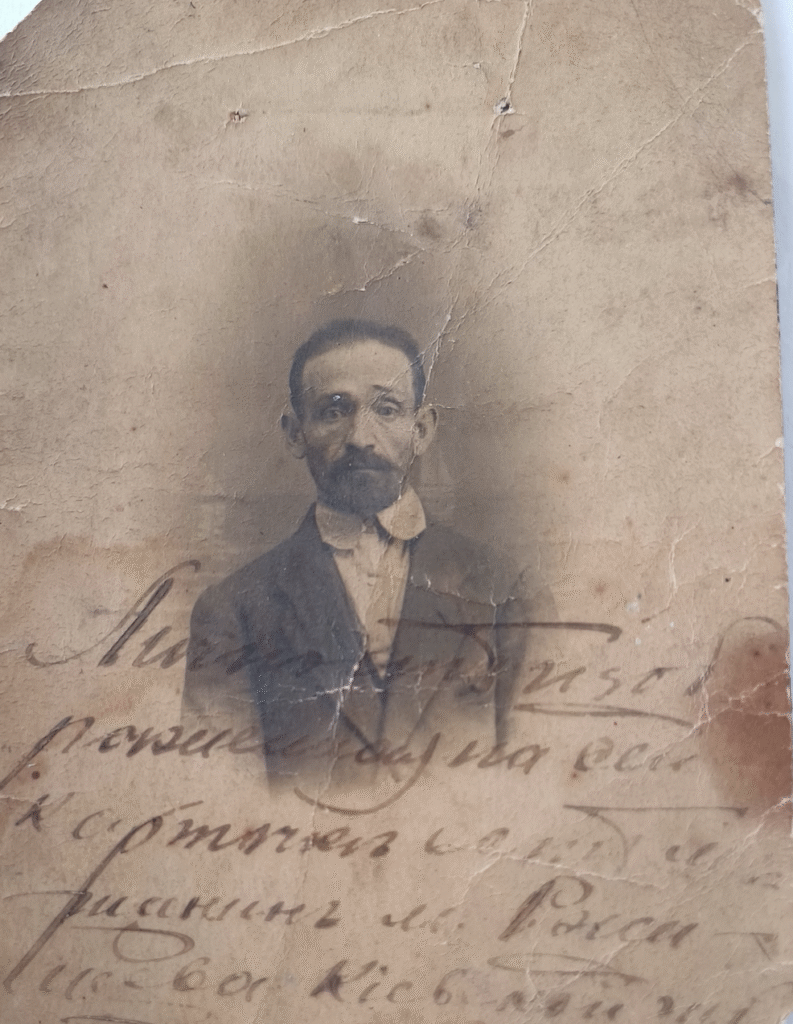
Yankel Krakovich
Among the newly discovered names is Yankel Krakovich who was born around 1880 in the town of Bakhmut at the Kharkiv province. After the 1917 Russian Revolution, Yankel – together with his wife Leah and their four sons Daniil, Erakhmiel, Moishe, and Hirsh — settled in Kyiv.
They lived near Zhylianska Street, where Yankel worked as a tailor. When the war broke out, his family had the chance to evacuate, but Yankel refused to leave. He stayed behind in Kyiv while one of his sons managed to depart with his family. Neighbors remember seeing Yankel for the last time in late September 1941. He was walking with a suitcase in the direction of Babyn Yar.
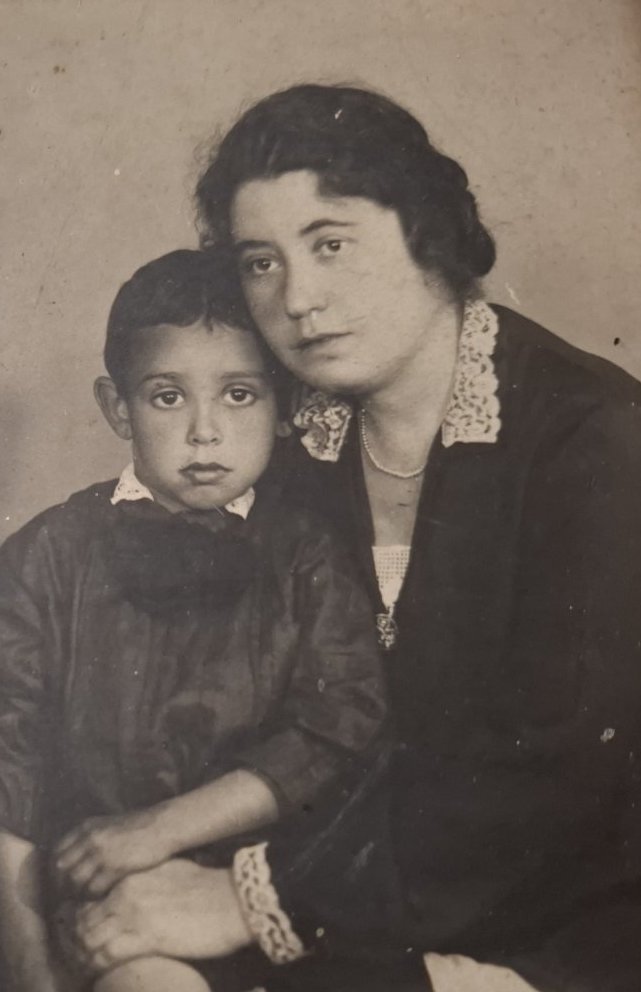 Esfir Ulanovskaya & Adolf Ulanovsky
Esfir Ulanovskaya & Adolf Ulanovsky
Esfir was born in Vienna around 1898, the daughter of Yosef Finkelshtein. In the mid-1920s, she married Yakov Ulanovsky, and the young family settled in Kyiv. Esfir worked at the Kyiv Knitting Factory until the birth of her children, after which she dedicated herself to raising them and caring for the household.
The Ulanovskys had three sons: Adolf (pictured) born on May 4, 1927; Boris, born around 1933; and Leonid, born November 9, 1936. In September 1941, Esfir and her three boys were murdered at Babyn Yar.
A Survivor’s Testimony
Only a few survived the horrific Babyn Yar massacre, and even fewer managed to escape from the pit of death. Dina Pronicheva Wasserman faced death before her eyes several times on September 29 and 30, 1941. At first, she was caught by the local police and managed to convince them that she was not Jewish. Dina was pushed aside and watched the Jews of Kyiv led to their deaths — elderly, children, entire families — hearing gunshot after gunshot. By evening, the Germans decided to kill her as well, because she had been a witness to the mass murder. Dina was led to the ravine of death, and at the sound of the gunfire, she leapt into the pit before the bullets struck her. There, lying on the bodies of thousands of Kyiv’s Jews, she waited for nightfall to attempt her escape.
Watch Dina’s chilling testimony from the Nazi trials in Kyiv in 1946, revealed by the Babyn Yar Holocaust Memorial Center as part of the documentary Babi Yar. Context by Ukrainian director Sergei Loznitsa.
Commemorating Babyn Yar Massacre
Today, September 29, 2025, the Babyn Yar Holocaust Memorial Center and March of the Living Israel held a memorial event at the National Library in Jerusalem marking the anniversary of the massacre. At the event, the newly uncovered names of victims were revealed, followed by a discussion titled “Memory Under Attack,” focusing on the challenges and importance of Holocaust research and commemoration.
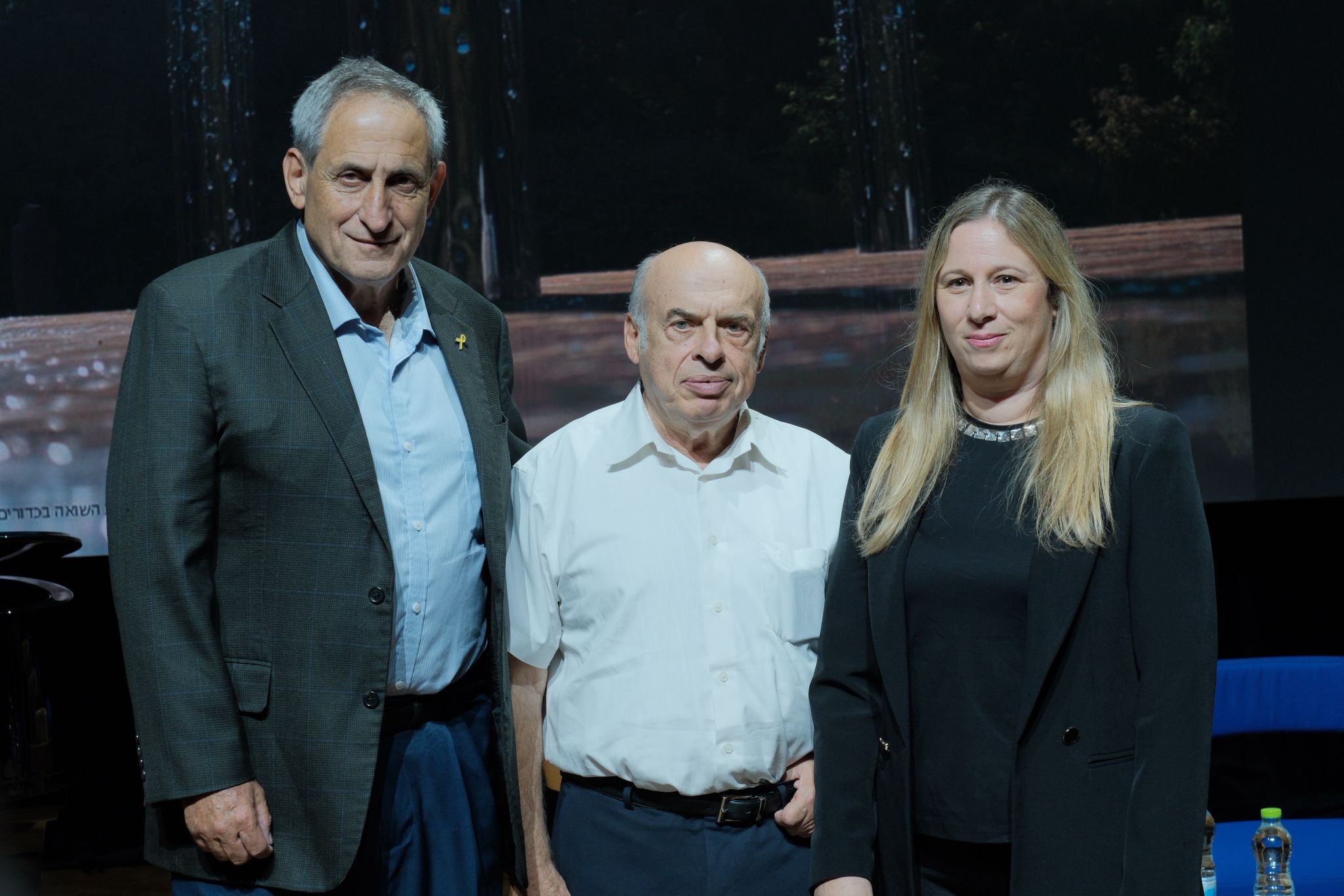
Natan Sharansky, Chairman of the Babyn Yar Holocaust Memorial Center (center), Sallai Meridor, Chairman of the National Library of Israel (left) and Revital Yakin Krakowsky, Deputy CEO of the International March of the Living and CEO of March of the Living Israel (right) – Israel (National Library)
Revital Yakin Krakowsky, CEO of March of the Living Israel, said at the event: “Babyn Yar, the symbol of the ‘Holocaust by Bullets,” symbolizes the story of more than 2 million Jews who were shot and thrown into mass graves by Nazi Germany and their collaborators all across Eastern Europe. On this day, we bring their stories to light, honor their memory, and pray for an end to the war in Ukraine. We hope to march in Kyiv at the Babyn Yar memorial site next year, which will mark 85 years since the massacre.”
